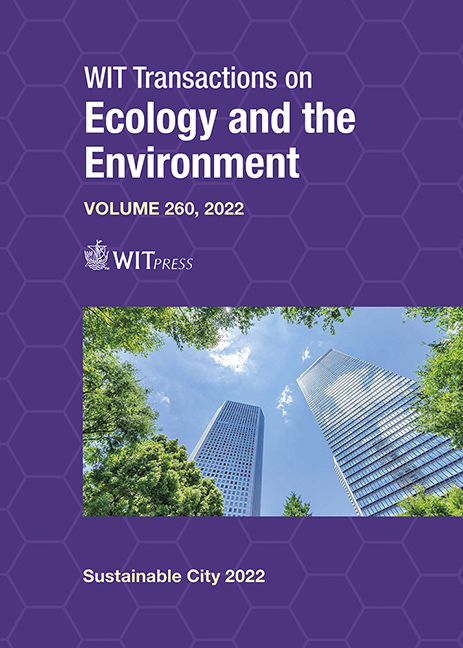MUNICIPAL COASTAL GOVERNANCE IN LATVIA: NON-STATUTORY INSTRUMENTS FOR COLLABORATIVE GOVERNANCE DEVELOPMENT
Price
Free (open access)
Transaction
Volume
260
Pages
12
Page Range
391 - 402
Published
2022
Paper DOI
10.2495/SC220321
Copyright
Author(s)
RAIMONDS ERNSTEINS, ERIKA LAGZDINA, IVARS KUDRENICKIS, JANIS KAULINS
Abstract
The article summarizes results from the research and development (R&D) project aimed at the detailed ecological–social–economic (ESE) system based and stakeholders co-guided coastal studies for the methodological instrumentation improvements of the coastal governance practice, being realized by System Approach Framework (SAF) method application. The study was done in the Latvian coastal municipal context, characterized by the lengthy and sparsely populated coastal areas governed by small municipalities with limited institutional and other capacities, lacking coastal knowledge and adequate governance instruments for sustainable integrated coastal management (ICM). Earlier studies show that the majority of coastal municipalities in Latvia face similar challenges. Thus, a generic problem addressed by this study was the lack of the vital coastal governance capacity at local level. The study applied the case study research methodology, which permits complex analysis of the coastal system governance. Complementary to the desk analysis of governance policies, interviews/survey of coastal inhabitants and coastal observations, and use of other social research methods were combined with stakeholder involvement. The study done for a pilot case of Salacgriva municipality demonstrates possibility and instrumental background for establishment of the interface between SAF methodology and coastal municipal development planning approach and practice in Latvia as well as the necessary coastal governance process design and development steps. Building on the basic preconditions for the successful ICM – participation and science-policy interface – a set of innovative non-statutory ICM instruments was designed. Coastal indicators system (IS) was used as a special type of modelling that is understandable by the coastal stakeholders compared to other modelling tools. Other elaborated innovative instruments include multi-thematic municipal coastal monitoring system together with ESE based indicator system; a structure and content of the Coastal Governance Survey and their applications for the coastal thematic planning. All these complementary outcomes provide background for ICM integration in the municipal planning system.
Keywords
coastal indicator system, collaborative governance, governance instruments, stakeholder participation, science-policy interface, system dynamic model, System Approach Framework





